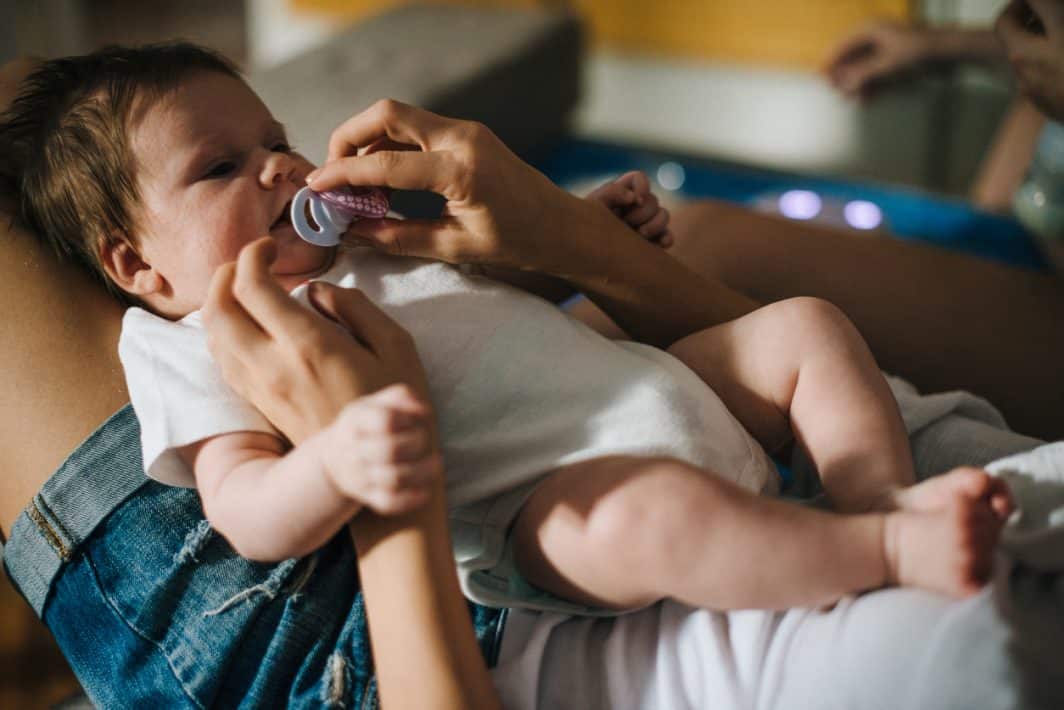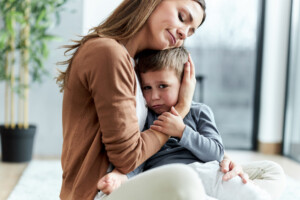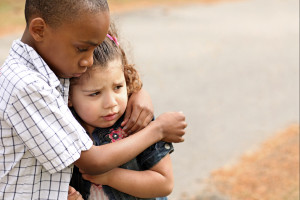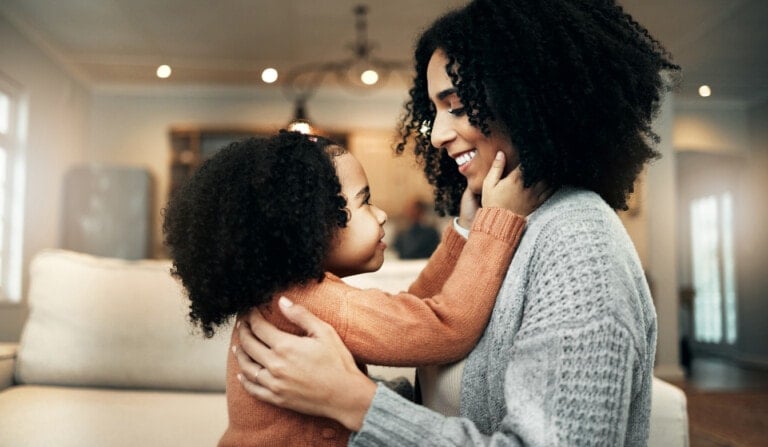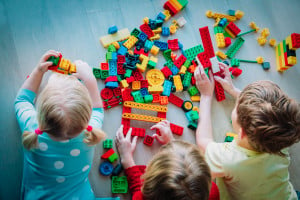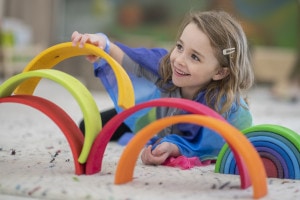Are you deciding whether or not you want to introduce a pacifier to your little one? It can be a tough decision to make since there are both pluses and minuses. Some people love them and others hate them. We’ve wrangled together all of the pros and cons of pacifiers so you can decide what you prefer for your family.
The Pros
1. Soothes Baby
We know that the best ways to soothe our babies are to use the 5 S’s: swaddling, swaying/swinging, side-lying, sucking, and shushing. Pacifiers have been used for years to help calm their babies when they are still learning self-soothing skills.
2. Quick and Convenient
When you are in a restaurant, in church, or at your baby’s doctor appointment and your little one starts getting fussy or screaming at the top of his lungs, a pacifier is very easy, convenient, and quick to pull out of your bag to help pacify him. Rather than getting a bottle ready or breastfeeding—if you don’t feel comfortable breastfeeding in public—a binky is a quick option that can help.
3. Health Benefits
According to a study published in 1992¹, it’s been proven that preemies who suck on pacifiers gain weight faster and experience fewer health complications. Nina L. Shapiro, M.D., assistant professor of pediatric otolaryngology at the University of California, says, “Sucking promotes oral-muscle function and muscle development.” The preterm babies who used pacifiers shortly after birth experienced these benefits and were discharged faster from the hospital. These are the only health benefits we have studied so far.
4. Reduced Risk of SIDS
Several studies have stated that pacifiers can help reduce the risk of sudden infant death syndrome (SIDS). One theory for this is a pacifier does not allow a baby to fall asleep too deeply to rouse themselves. It also doesn’t allow their faces to get too close to the crib mattress, which can cause suffocation.
5. Can Help Prevent Finger and Thumb-Sucking
This is not guaranteed, but it has been said that by introducing a pacifier shortly after birth, babies learn to suck and depend on a pacifier for their sucking sensation to soothe themselves rather than sucking their thumb or finger. Not to mention, it’s easier to break the habit of pacifier-sucking than thumb-sucking. It’s not like you can throw their fingers away.
The Cons
1. Potential Problems with Breastfeeding
Giving a pacifier too early in life can potentially cause nipple confusion and issues with your baby’s latch while breastfeeding. If you choose to use a pacifier, it is recommended to wait to give a pacifier until the child is four to six weeks old. This will allow you both to develop a good breastfeeding relationship and make sure that your milk supply is well established.
2. Ear Infections
According to a study published in Pediatrics in 1995, pacifiers are responsible for 25% of ear infections in children under the age of three that attend daycare. They discovered that pacifier sucking promotes fluid collection in the ears, which can lead to ear infections. This is why many pediatricians recommend only use pacifiers before nap times and bedtimes to help them fall asleep. By only using pacifiers at those times it brought the number of ear infections down significantly.
3. Dental Problems
In the Journal of the American Dental Association, they found that children who suck their thumbs, fingers, or a pacifier past the age of two have a much higher risk of developing protruding front teeth and/or a crossbite in baby teeth. Not only that, but prolonged pacifier use can even cause their permanent adult teeth to have the same issues. Because their tooth and jaw development can be adversely affected, speech delays have also been another issue with prolonged pacifier use.
4. Dependency
Breaking the binky habit can be a tough one for toddlers to break. Pacifiers become their soothing tool, their security blanket that they depend on. Taking it away forces them to learn a new soothing technique and that can be very difficult. So just a warning, giving up the pacifier down the road may end up being a major headache for you, your spouse, and your baby.
Whether you decide to use a pacifier or not, make the best choice for your family and be guilt-free once that decision is made. You now know that you can wait a little while before you introduce it to them to help you establish your breastfeeding routine and that it’s recommended to try to break the habit before the age of two. So if you use a pacifier to calm your child or you try more holding, rocking, singing, or another feeding, you do what you gotta do!
Source:
Wolf LS, Glass RP. Functional anatomy and physiology of the suck/swallow/ breathe triad. In: Wolf LS, Glass RP editor(s). Feeding and Swallowing Disorders in Infancy: Assessment and Management. Austin, Texas: Hammill Institute on Disabilities, 1992:3‐71.

